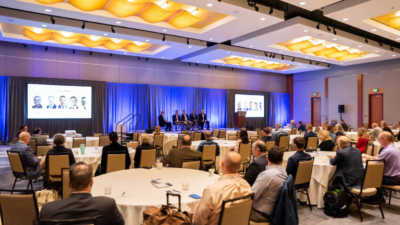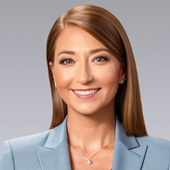The U.S. census reports an estimated 10,000 Americans turn 65 every day, a phenomenon that’s expected to continue through the year 2030. Eight years from now will mark a demographic turning point for the country, where one in every five Americans will be of retirement age.
This aging of the population has several implications, especially within the context of healthcare. Older adults spend much more on healthcare services than younger individuals and are disproportionally affected by chronic conditions, such as diabetes, arthritis, and heart disease.
To meet the needs of this growing demographic, healthcare providers, clinics, retailers and seniors housing groups are finding new ways to deliver healthcare services.
Emerging Trend: Seniors-only Care Centers
Recently, there’s been an increased number of announced healthcare projects that are targeted to treating elderly patients only. Humana plans to launch six senior-focused centers, and ChenMed opened three in Wichita.
One of the largest, and most obvious reasons for this trend, is the simple demand. USA Today reports average retiree spends 30% of their Social Security Income on healthcare and requires about 2.5 times more care than the rest of the population.
A societal shift that is also contributing to the trend is that more seniors are opting to age at home, rather than move into nursing homes and senior housing facilities. This is due to staffing shortages in the pandemic, costs (nursing home bed prices rose 20% in 2020), the desire for the familiarity of home and more. Because of this shift, seniors need different and more places to access care.
Another primary, driving factor for seniors-only care is the fact that many patients over the age of 65 often face ageism in normal care settings. According to Becker’s Healthcare, this can compromise elder treatment and their health outcomes. Having dedicated clinics or centers for senior patients decreases the chances of ageism, such as younger patients being treated first.
For the coming year, these senior healthcare centers are expected to continue to grow in the densely 65+ regions like the Sunbelt states, but will also be expanding to markets like Detroit.
Healthcare’s Changing Formats
This emergence of senior-only care centers aligns with a larger trend: the changing format in which people receive care. In retail stores are an example of how non-traditional care settings continue to ramp up with the expansions of CVS’s Minute Clinic and Walgreen’s Village MD.
Over the last year, many major retailers have also announced plans to foray into primary care. Amazon healthcare is coming to 20 more cities, offering access to urgent and primary care services, including vaccinations, treatment of illnesses and injuries.
Similarly, Walmart is building primary care within its stores, providing primary care, urgent care, dental services, imaging, counseling, optical, lab and hearing services, and CVS’ new primary care locations will include physicians for first time visits, per Healthcare Dive.
The Impact on Medical Office Buildings
Healthcare centers are increasingly focused on convenience and meeting people where they live, work and play. Whether that’s where they grocery shop, pick up prescriptions and more.
For medical office buildings (MOB), this has shifted the dynamic of the market. These multi-tenant assets that provide ample parking and often proximity to hospital campuses, shopping centers and transportation corridors have been increasing in value the past two years. The growing demand for healthcare services due to the pandemic, especially among seniors, has made MOBs even more stable and attractive assets. Hospitals purchasing private practices and the subsequent improved credit tenancy has also benefitted MOB investments.
Medical office rental rates rose 6 percent over past year in Greater Phoenix. According to a recent Colliers report, “The Greater Phoenix medical office building market is posting positive net absorption and rising rental rates as the city experiences nationally recognized population growth.”

 Julie Johnson
Julie Johnson

 Shawn Janus
Shawn Janus
 Katie Sobotowski
Katie Sobotowski
 Kevin Rude
Kevin Rude